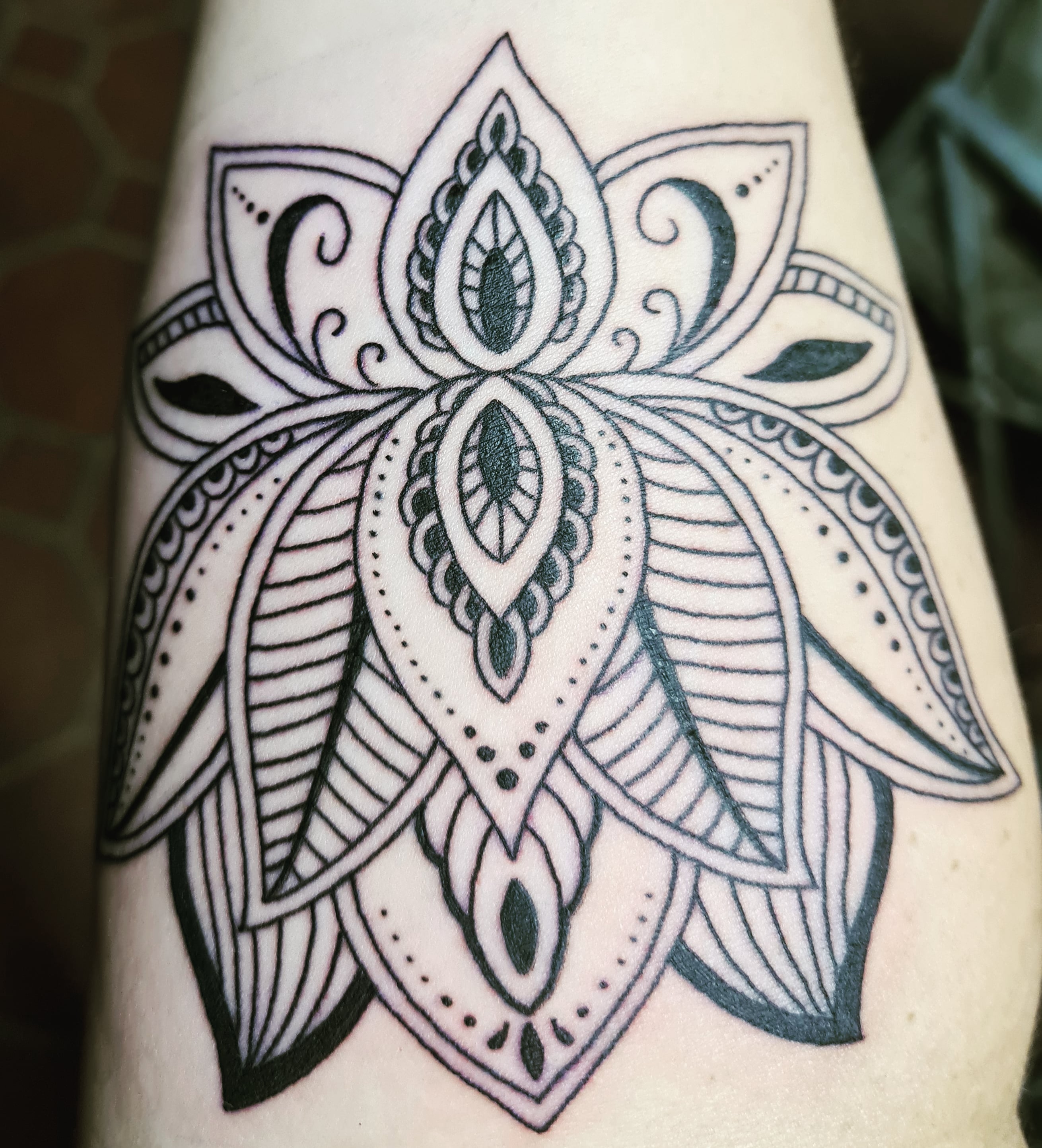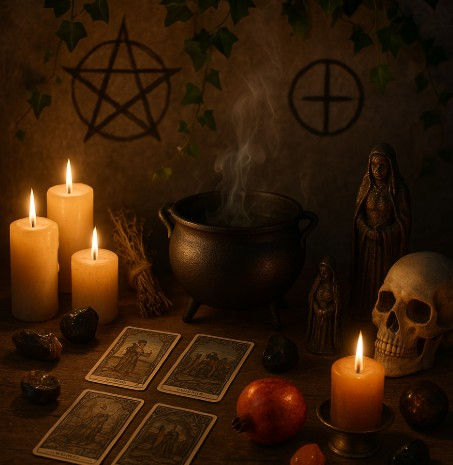Reclaiming Samhain: The Witches’ New Year and the Forgotten Truth
- Frith Petersen

- Apr 11
- 3 min read
As the southern seasons shift into the cool embrace of May, we arrive at a sacred threshold on the Wheel of the Year: Samhain—the Witches’ New Year. Often misaligned in modern calendars and misunderstood by the mainstream, this sabbat carries profound ancestral roots and spiritual wisdom that call to be remembered.

A Turning Point in the Wheel
Falling on May 1st in the Southern Hemisphere, Samhain marks the end of the harvest and the quiet descent into winter. It is a time of death and dormancy, not in a morbid sense, but as part of the eternal cycle of life, death and rebirth. Nature’s energy draws inward. The trees let go. The land rests. And we, too, are invited to release—old identities, relationships, roles and patterns that no longer serve our highest good.
This is a sacred moment of deep stillness, when the veils between worlds are thin and spirit walks beside us. We reflect. We mourn. We honour. Samhain is an invitation to descend into our own inner underworld, just as the Sun God does in myth, and just as the Triple Goddess enters her Crone phase—holding the truths that only the dark can teach.

The Veil Grows Thin
Samhain is best known as the time when the veil between the worlds is at its thinnest. Ancestors draw near. Messages from beyond become clearer. Dreams grow vivid. This is a sacred opportunity to engage in ancestral work, spirit communication and deep inner listening. It’s a time for candlelit altars, offerings and quiet conversations with the past.
But this sacred time has been masked—sometimes buried—beneath layers of misunderstanding.
From Sacred to Spooky: The Disconnection Between Samhain and Halloween
Over time, Samhain became tangled with Halloween, especially in the Western world. What was once a deeply spiritual moment in the Wheel of the Year has been transformed into a commercial holiday filled with costumes, lollies, horror and fear-based imagery. The reverence for death and the wisdom of darkness became stories of monsters, ghouls and fright.
Originally, Samhain was never about fear. It was a time to stand between worlds with reverence, to grieve what was gone and to prepare the soul for renewal. But as Christianity spread through Celtic lands, these traditions were slowly reframed—recast as dangerous or “pagan.” The sacred thinning of the veil was demonized. The dead were no longer honoured—they were feared.
Eventually, this transformed into the modern Halloween, especially in North America, where it became a hybrid of ancient festival, superstition and consumerism. While Halloween still echoes some of Samhain’s themes, its spiritual roots have largely been forgotten.
And for those in the Southern Hemisphere, the confusion runs even deeper. Halloween is still widely celebrated here on October 31st—but that’s the height of spring, a time of growth, fertility and blooming life. That’s the season of Beltane, not Samhain.
This seasonal mismatch creates a profound spiritual dissonance. The energy of spring is about creation, connection and celebration. It is not the time for mourning, shadow work or ancestral communion. To honour Samhain properly, we must attune to the actual turning of the Earth—not a date imported from the other side of the globe.
For those walking an Earth-based path, this matters deeply. The Wheel of the Year is meant to be lived in rhythm with the local land—not just by tradition, but by energy. When we try to grieve in the middle of a birth (as Halloween in October does), something feels off. And often, people sense that misalignment without knowing why.

Reclaiming Samhain in the Southern Hemisphere
To reclaim Samhain is to come back into right relationship—with nature, with our ancestors and with ourselves. It is a chance to remember what this sabbat truly is: a portal, a pause, a sacred descent.
This is a powerful time for:
Rituals of release – writing, burning or burying what you’re ready to let go of.
Ancestral altars – photographs, offerings, candles and stories.
Divination – tarot, runes, scrying and dreamwork.
Spiritual cleansing – smoke medicine, salt baths or sound.
Quiet reflection – journaling, shadow work and silence.

Samhain invites you to cast off what no longer serves, to honour the dead and to find strength in the shadows. It asks you to be brave enough to sit in the stillness, to walk through the dark without fear and to trust that renewal will come—when the time is right.
A Sacred Remembering
Let us not lose the true meaning of this sacred sabbat to plastic pumpkins and springtime skeletons. Let us instead root ourselves in the wisdom of the land beneath our feet, the cycles of our own bodies and the stories whispered by our ancestors.
Samhain is not about fear. It is about remembrance, release and reverence.
This is not the end.
This is the beginning of the next becoming.








Comments